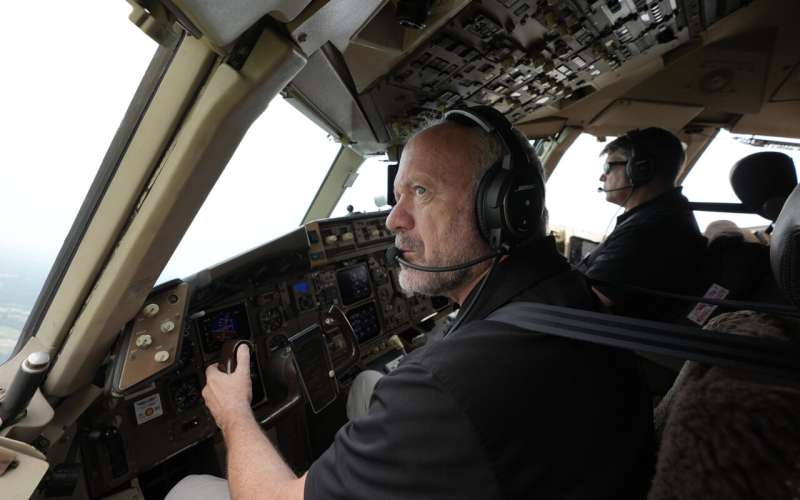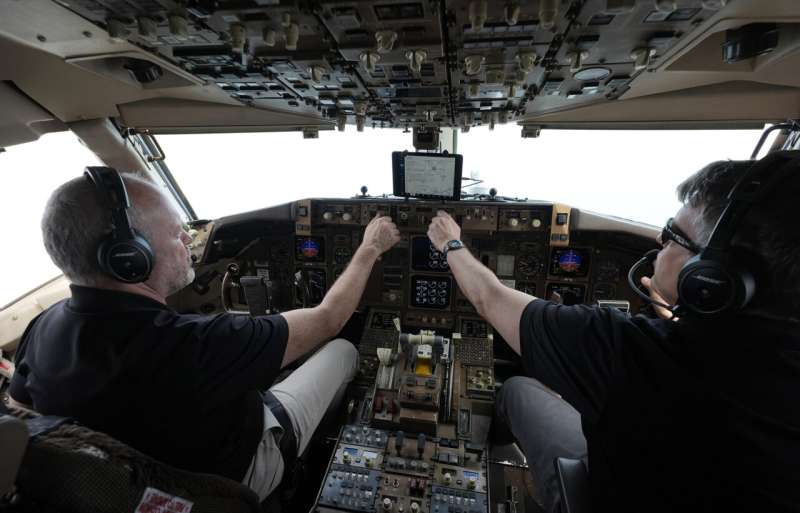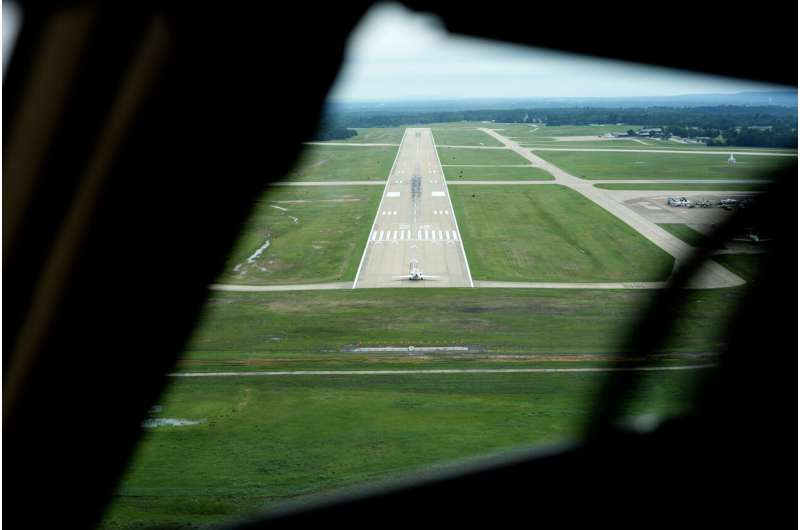
After several near-misses on airport runways, a tech company revives work on a hazard-warning system

As a Delta Air Lines jet began roaring down a runway, an air traffic controller at New York's John F. Kennedy International Airport suddenly blurted out an expletive, then ordered the pilots to stop their takeoff roll.
The controller saw an American Airlines plane mistakenly crossing the same runway, into the path of the accelerating Delta jet. JFK is one of only 35 U.S. airports with the equipment to track planes and vehicles on the ground. The system alerted the airport control tower to the danger, possibly saving lives last year.
The National Transportation Safety Board and many independent experts say pilots should get warnings without waiting precious seconds to get word from controllers. Just last week, the NTSB recommended that the Federal Aviation Administration collaborate with manufacturers to develop technology for alerting pilots directly.
Honeywell International, a conglomerate with a big aerospace business, has been working on such an early-warning system for about 15 years and thinks it is close to a finished product. The company gave a demonstration during a test flight last week. As pilot Joe Duval aimed a Boeing 757 for a runway in Tyler, Texas, a warning appeared on his display and sounded in the cockpit: "Traffic on runway!"

The system had detected a business jet that was just appearing as a speck on the runway about a mile away—ground the Boeing would cover in a matter of seconds.
Duval tilted the plane's nose up and pushed the throttle forward into a G-force-inducing climb, safely away from the Dassault Falcon 900 below.
Honeywell officials claim their technology would have alerted the Delta pilots who had the January 2023 near-miss at JFK 13 seconds before the air traffic controller screamed the expletive and told them to stop their takeoff. Merely removing the need for a controller to relay the warning from ground-based systems could be critical.
"Those are microseconds, but they are enough to make a difference," Michael McCormick, a former FAA official who now teaches air-traffic management at Embry-Riddle Aeronautical University in Florida, said. "Providing alerts directly to the cockpit is the next step. This puts the tool in the hands of the pilot who actually has control of the aircraft. This technology is a game-changer."

Honeywell plans to layer the cockpit-alert system on top of technology that is already in wide use and warns pilots if they fly too low.
Incidents like the one at JFK are called runway incursions—a plane or ground vehicle is on a runway when it shouldn't be. Some incursions are caused by pilots entering a runway without clearance from air traffic controllers. In other cases, there isn't enough spacing between planes that are landing or taking off, which can be the fault of pilots or controllers.
The number of incursions fell during the coronavirus pandemic and has not returned to the recent peaks of more than 2,000 incidents recorded in both 2016 and 2017. However, the most serious ones—where a collision was narrowly avoided or there was a "significant potential" for a crash—have been rising since 2017. There were 23 in the United States last year, up from 16 in 2022, according to FAA statistics.
© 2024 The Associated Press. All rights reserved. This material may not be published, broadcast, rewritten or redistributed without permission.
Citation: After several near-misses on airport runways, a tech company revives work on a hazard-warning system (2024, June 13) retrieved 13 June 2024 from https://techxplore.com/news/2024-06-airport-runways-tech-company-revives.html
This document is subject to copyright. Apart from any fair dealing for the purpose of private study or research, no part may be reproduced without the written permission. The content is provided for information purposes only.